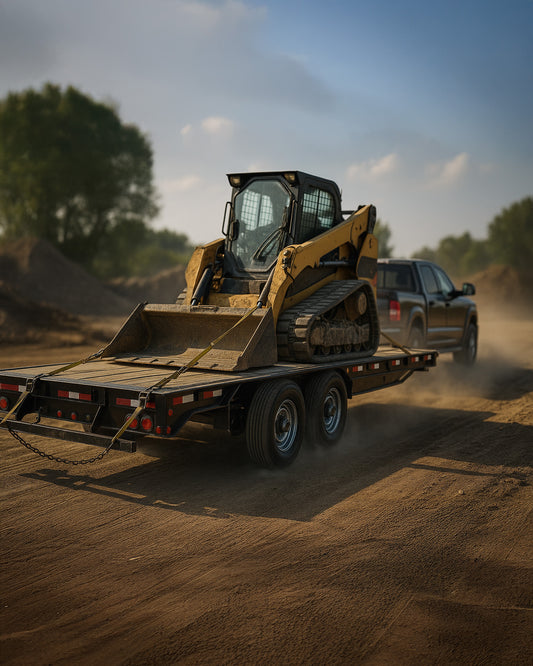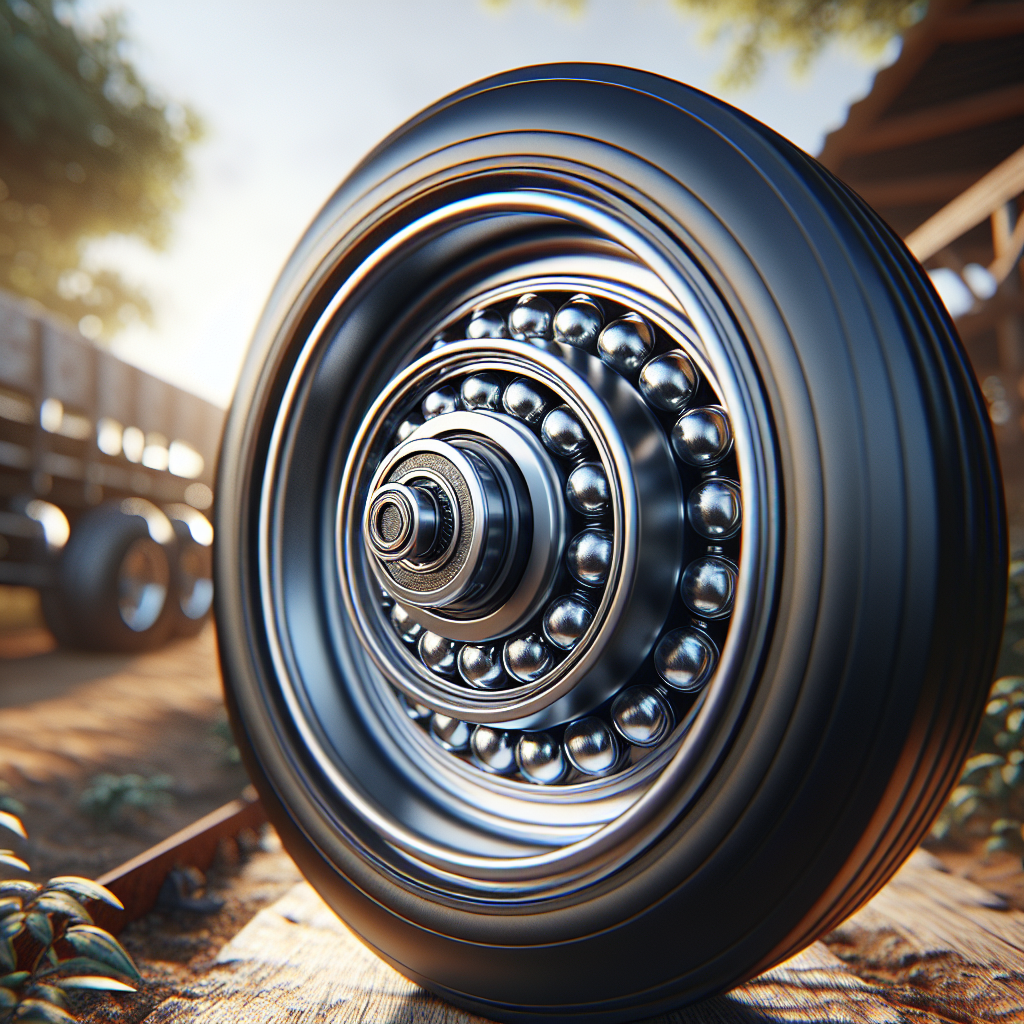

When it comes to ensuring the longevity and safety of your trailer, understanding the importance of wheel bearings is crucial. Wheel bearings play a vital role in the smooth operation of your trailer's wheels, allowing them to rotate freely while supporting the weight of the trailer. If these bearings are not properly maintained, it can lead to significant issues such as wheel failure, uneven tire wear, and even accidents.
Here are a few key reasons why trailer wheel bearings are essential:
- Weight Distribution: Wheel bearings help distribute the weight of the trailer evenly across all wheels, which is crucial for stability during towing.
- Heat Management: Properly functioning bearings reduce friction, which minimizes heat buildup. Excessive heat can cause bearings to fail, leading to catastrophic events.
- Smooth Towing Experience: Well-maintained wheel bearings ensure that your trailer tows smoothly, enhancing overall driving safety.
Neglecting to check and maintain your wheel bearings can have dire consequences, making it imperative for trailer owners to stay informed about their condition. Regular inspections and timely replacements can save you from costly repairs and dangerous situations on the road.
As you embark on the journey of installing wheel bearings on your trailer, remember that proper monitoring is key. Tow with peace of mind, knowing that trailerwatchdog is standing guard.
Tools and Materials Needed for Installation
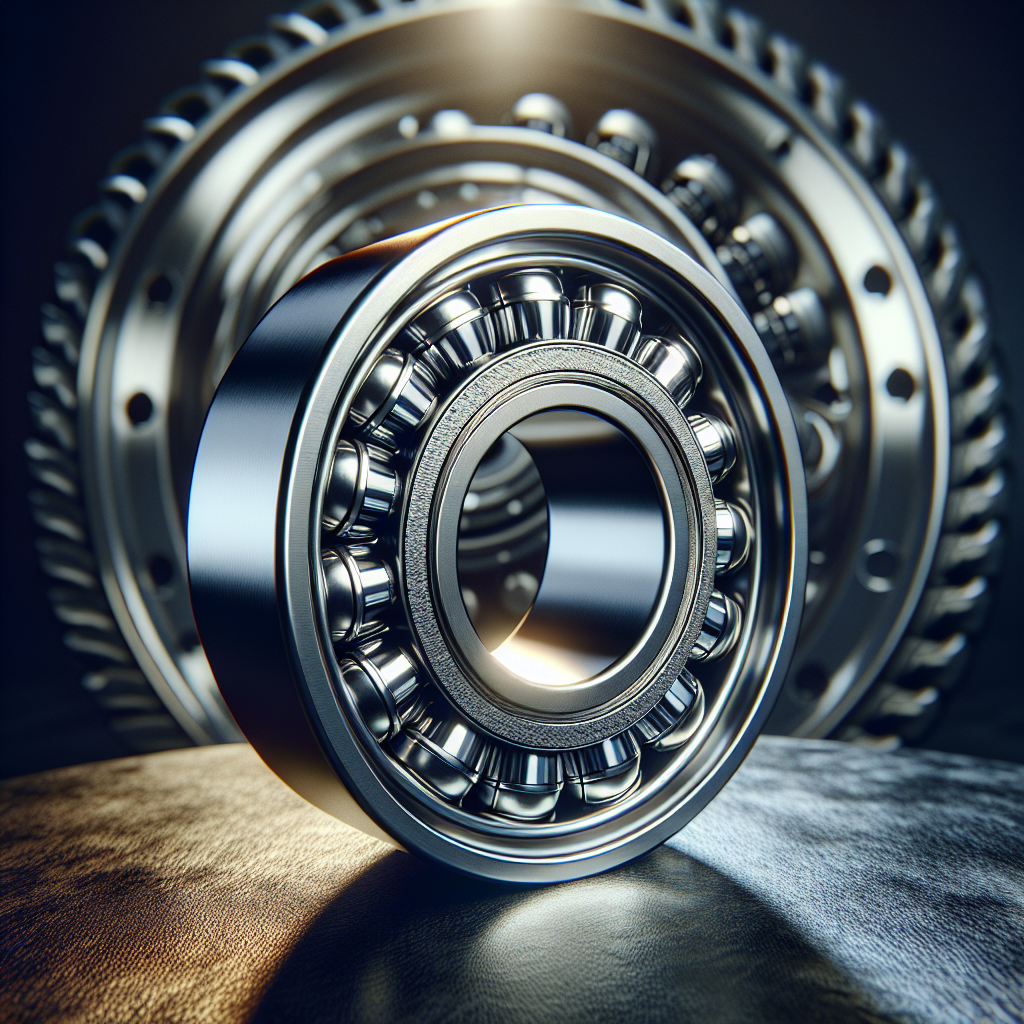
Before diving into the installation process of wheel bearings on your trailer, it is essential to gather the right tools and materials. Having everything ready will streamline the process, ensuring that you can complete the task efficiently and effectively. Below is a list of necessary items you will need:
- Wheel Bearing Grease: A high-quality grease is crucial for lubricating the wheel bearings and helping them function smoothly.
- Socket Set: Various socket sizes will enable you to remove and install the wheel hub and axle nuts.
- Wrench Set: A set of wrenches will assist in loosening and tightening various bolts and nuts.
- Jack and Jack Stands: A reliable jack is essential for lifting your trailer safely, while jack stands provide stability during the installation process.
- Bearing Puller: This tool helps in removing old bearings without damaging the hub.
- Cleaning Supplies: Rags and solvent are necessary for cleaning the hub and removing old grease and dirt.
- Safety Gear: Don’t forget gloves and safety glasses to protect yourself during the installation.
Having the correct tools and materials at your disposal will not only make the installation process smoother but also enhance your safety. Before starting, ensure that you understand how to use each tool properly to avoid any mishaps during the procedure.
Step-by-Step Process for Installing Wheel Bearings
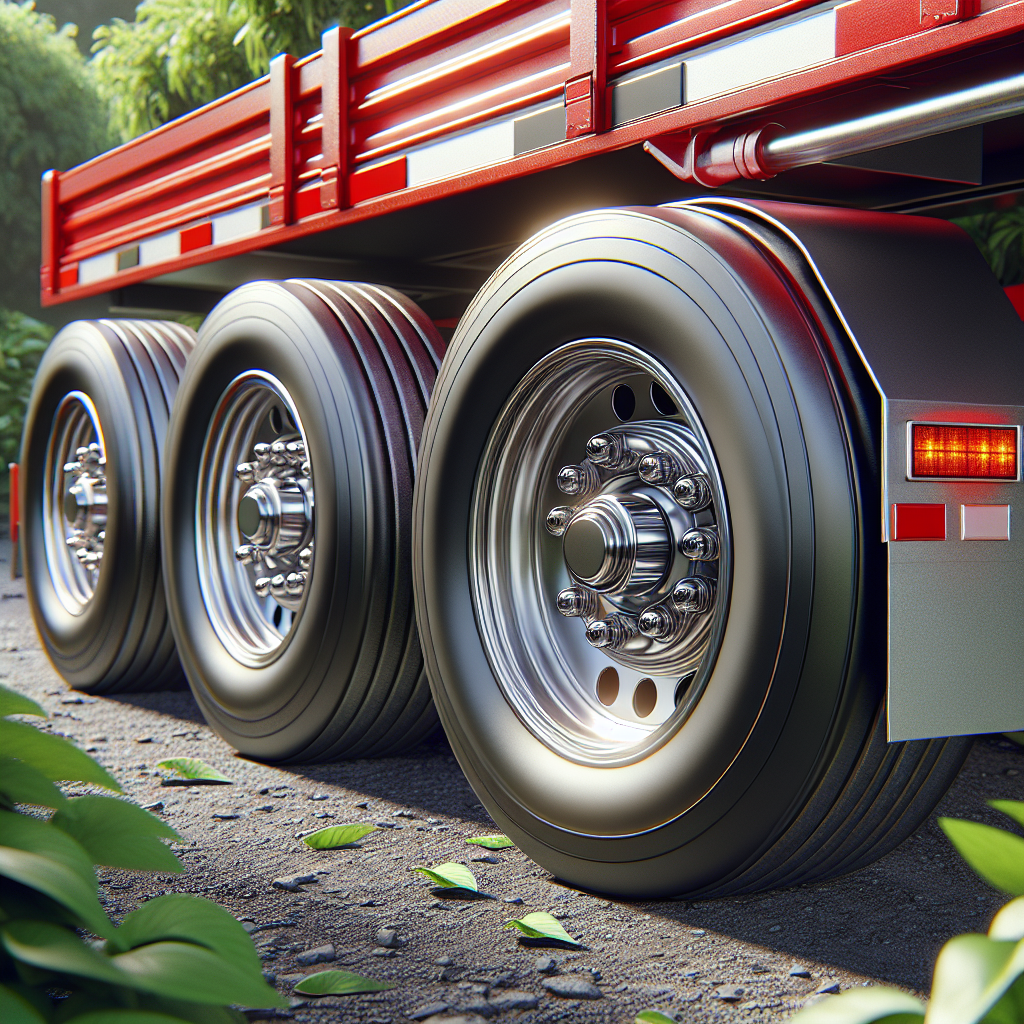
Installing wheel bearings on your trailer can seem daunting, but by following a structured step-by-step process, you can achieve a successful installation. Here’s a comprehensive guide to help you through each phase:
Protect your trailer
- Prepare the Trailer: Start by parking your trailer on a level surface. Use a jack to lift the trailer and secure it with jack stands.
- Remove the Wheel: Using the appropriate socket, loosen the lug nuts and remove the wheel to access the hub.
- Take Off the Hub: Remove the hub assembly by unfastening the retaining nuts. This will expose the wheel bearings.
- Remove Old Bearings: Use a bearing puller to carefully extract the old bearings from the hub. Inspect the bearings for any signs of wear or damage.
- Clean the Hub: Thoroughly clean the hub and the area where the bearings sit using solvent and rags to ensure no debris remains.
- Install New Bearings: Apply a generous amount of wheel bearing grease to the new bearings, then press them into the hub. Ensure they sit evenly and securely.
- Reassemble the Hub: Once the bearings are in place, reattach the hub assembly and fasten the retaining nuts securely.
- Reattach the Wheel: Place the wheel back on the axle and tighten the lug nuts in a crisscross pattern to ensure even pressure.
- Lower the Trailer: Carefully lower the trailer back to the ground and remove the jack stands.
- Final Inspection: Before taking your trailer for a test run, double-check that everything is tightened properly and that there are no leftover tools or materials.
By meticulously following these steps, you can ensure that your trailer's wheel bearings are installed correctly, which is essential for safe towing and smooth operations.
Common Mistakes to Avoid During Installation
When it comes to installing wheel bearings on your trailer, avoiding common pitfalls can make a significant difference in the longevity and performance of your trailer. Here are some frequent mistakes to steer clear of during the installation process:
- Neglecting to Clean: Failing to thoroughly clean the hub and the area around the bearings can lead to contamination. Old grease and debris can compromise the performance of new bearings.
- Using the Wrong Tools: Using inappropriate tools can damage the bearings or the hub. Ensure you have the right bearing pullers, sockets, and grease guns for the job.
- Overpacking Grease: While it’s crucial to use grease, overpacking can cause excessive pressure inside the hub, leading to overheating and potential failure. A moderate amount is often sufficient.
- Improper Torque Settings: Not tightening the retaining nuts to the manufacturer's specifications can result in loose bearings, which can cause serious safety issues while towing.
- Skipping the Test Drive: After installation, it’s important to conduct a short test drive. This helps identify any unusual noises or issues with the bearings that might need immediate attention.
- Ignoring Bearing Orientation: Bearings are designed to fit in a specific orientation. Installing them incorrectly can lead to premature wear and tear.
- Not Checking for Wear: Always inspect the hub and other components for signs of wear before installing new bearings. Replacing only the bearings without checking the hub can lead to future problems.
By being aware of these common mistakes, you can ensure a smoother installation process and enhance the overall safety and functionality of your trailer.
Maintenance Tips for Trailer Wheel Bearings
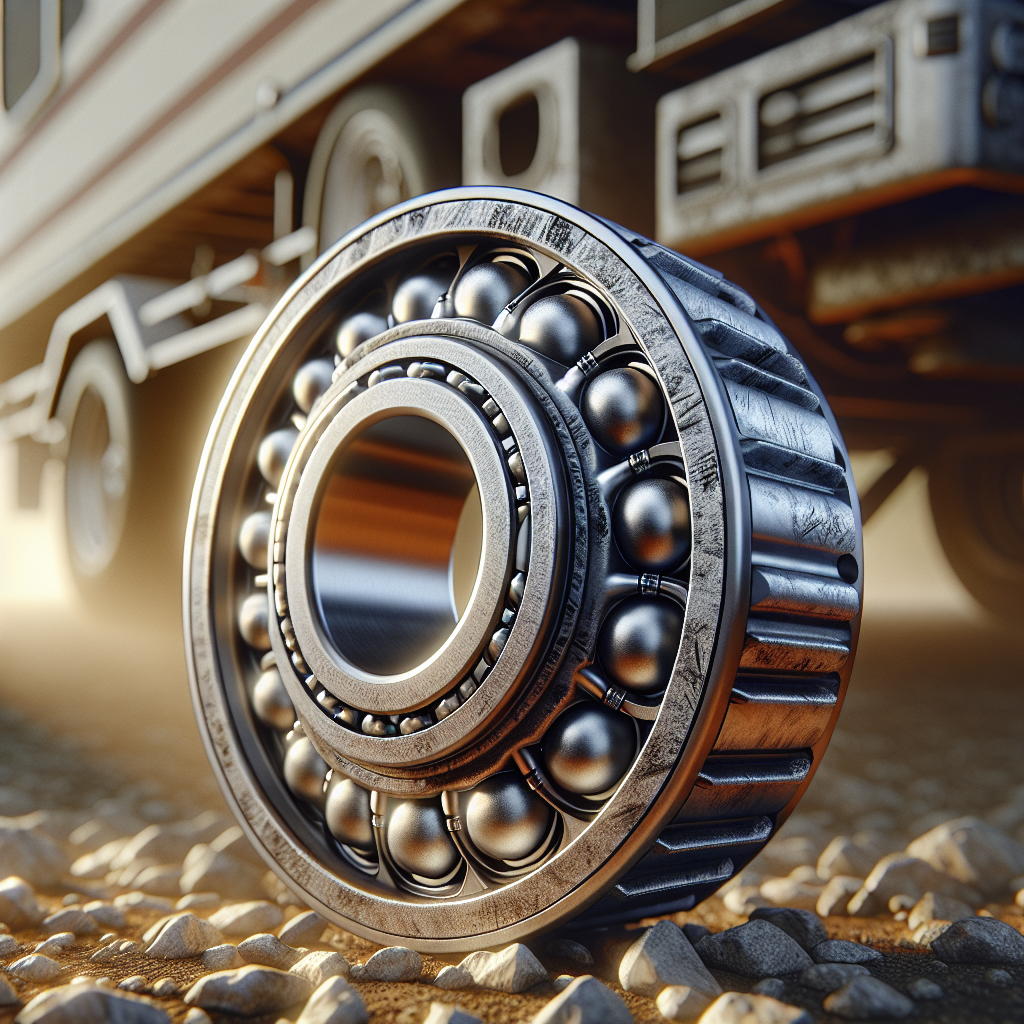
Regular maintenance of your trailer wheel bearings is essential for ensuring optimal performance and safety while towing. Here are some effective maintenance tips to keep your bearings in top shape:
- Regular Inspections: Schedule routine inspections of your wheel bearings, at least once a year or before long trips. Check for any signs of wear, such as uneven wear patterns or noise when rotating the wheel.
- Proper Greasing: Ensure that your wheel bearings are adequately greased. Use high-quality grease recommended by the manufacturer, and be cautious not to overpack, as this can cause issues.
- Temperature Monitoring: Keep an eye on the temperature of your wheel bearings during trips. Overheating can indicate a lack of lubrication or other problems. Consider investing in a monitoring system that provides real-time temperature data.
- Check for Play: After greasing, check for any play or movement in the wheel bearings. There should be minimal play; excessive movement can indicate wear and may require bearing replacement.
- Seal Integrity: Inspect the seals around the wheel bearings for any cracks or damage. A compromised seal can allow dirt and moisture to enter the bearing, leading to premature failure.
- Cleaning: When performing maintenance, clean the bearings and the hub area thoroughly. Remove any dirt, rust, or old grease to prevent contamination of new grease.
- Consult Professionals: If you notice unusual noises or performance issues, it’s wise to consult a professional mechanic. They can provide a thorough assessment and recommend necessary repairs.
By following these maintenance tips, you can prolong the life of your trailer wheel bearings and ensure a smooth, safe towing experience.
When to Seek Professional Help for Installation
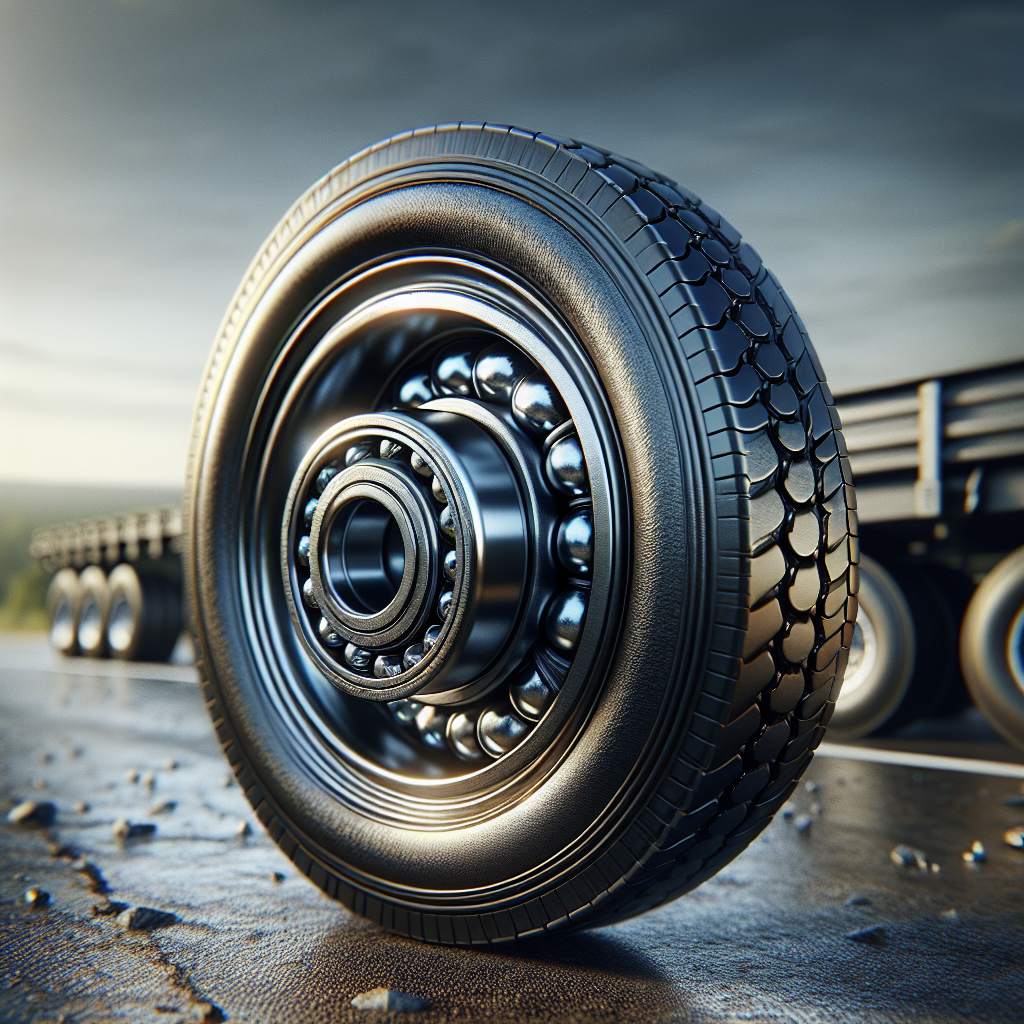
While many trailer owners may feel confident in their ability to install wheel bearings on their own, there are certain situations where seeking professional help is not just advisable but necessary. Recognizing when to call in the experts can save you time, money, and potential safety issues down the road.
- Complex Installations: If your trailer has complex or specialized wheel bearing systems, it may be best to consult with a professional. They have the experience and tools necessary to handle intricate designs that may not be straightforward for DIY enthusiasts.
- Unusual Symptoms: If you notice unusual sounds, vibrations, or performance issues when towing, it might indicate problems with the wheel bearings or other components. A professional can diagnose the issue more accurately and suggest appropriate remedies.
- Lack of Tools: Installing wheel bearings typically requires specific tools, such as bearing pullers and a torque wrench. If you don't have access to these tools or lack the skills to use them properly, it's wise to seek professional assistance to avoid damaging the parts.
- Time Constraints: If you're pressed for time or preparing for a trip, it may be more efficient to have a professional handle the installation. This way, you can ensure it’s done correctly and quickly, allowing you to focus on your travels.
- Uncertainty with Procedures: If you’re unsure about the installation process or feel overwhelmed by the complexity, don’t hesitate to seek help. A professional mechanic will ensure the job is done right, providing peace of mind.
In summary, while DIY installation can be rewarding, knowing when to seek professional assistance is crucial for maintaining safety and functionality. Tow with peace of mind, knowing that TrailerWatchdog is standing guard. Visit trailerwatchdog.com to learn more about our trailer monitoring solutions.

